Publicaciones
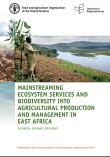
This Technical Guidance Document addresses the need for mainstreaming biodiversity and ecosystem services into agriculture, at the national level. More specifically, it is aimed to assist countries in developing and implementing their National Biodiversity Strategy and Action Plans (NBSA Ps), to consider ecosystem services – and opportunities for their management – in agricultural production systems. Through an EU -funded project on “Capacity-building related to multilateral agreements (MEA s) in AC P countries (Phase 2)”, this document focuses on the East Africa region, and provides concrete examples and cases primarily from Kenya.
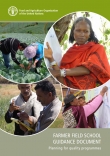
Farmer Field Schools Guidance Document – Planning for Programmes
FFS is about people, their development and their empowerment. It helps rural folks learn and develop the skills required for informed decision-making in complex domains: based on accurate problem analysis in local contexts, effective decisions can build on local knowledge, understanding of the local
agro-ecology/agro-ecosystem, and existing capacities.
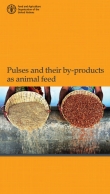
Humans have been using pulses, and legumes in general, for millennia. Pulses currently play a crucial role in sustainable development due to their nutritional, environmental and economic values. The United Nations General Assembly, at its 68th session, declared 2016 as the International Year of Pulses to further promote the use and value of these important crops.
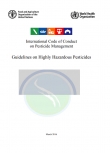
The document classifies pesticides in one of five hazard classes according to their acute toxicity. In 2002,
the Globally Harmonized System of Classification and Labelling of Chemicals (GHS) was introduced, which in addition to acute toxicity also provides classification of chemicals according to their chronic health hazards and environmental hazards.
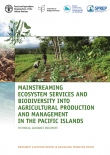
Pacific Island countries and territories (PICTs) are clearly on the front line in the battle against the loss of biodiversity due to the impact of humans (Kolbert, 2014). A disproportionate number of all extinctions of plants and animals on Earth have historically occurred in this subregion, mainly as a result of human overexploitation, habitat degradation and invasive alien species.

